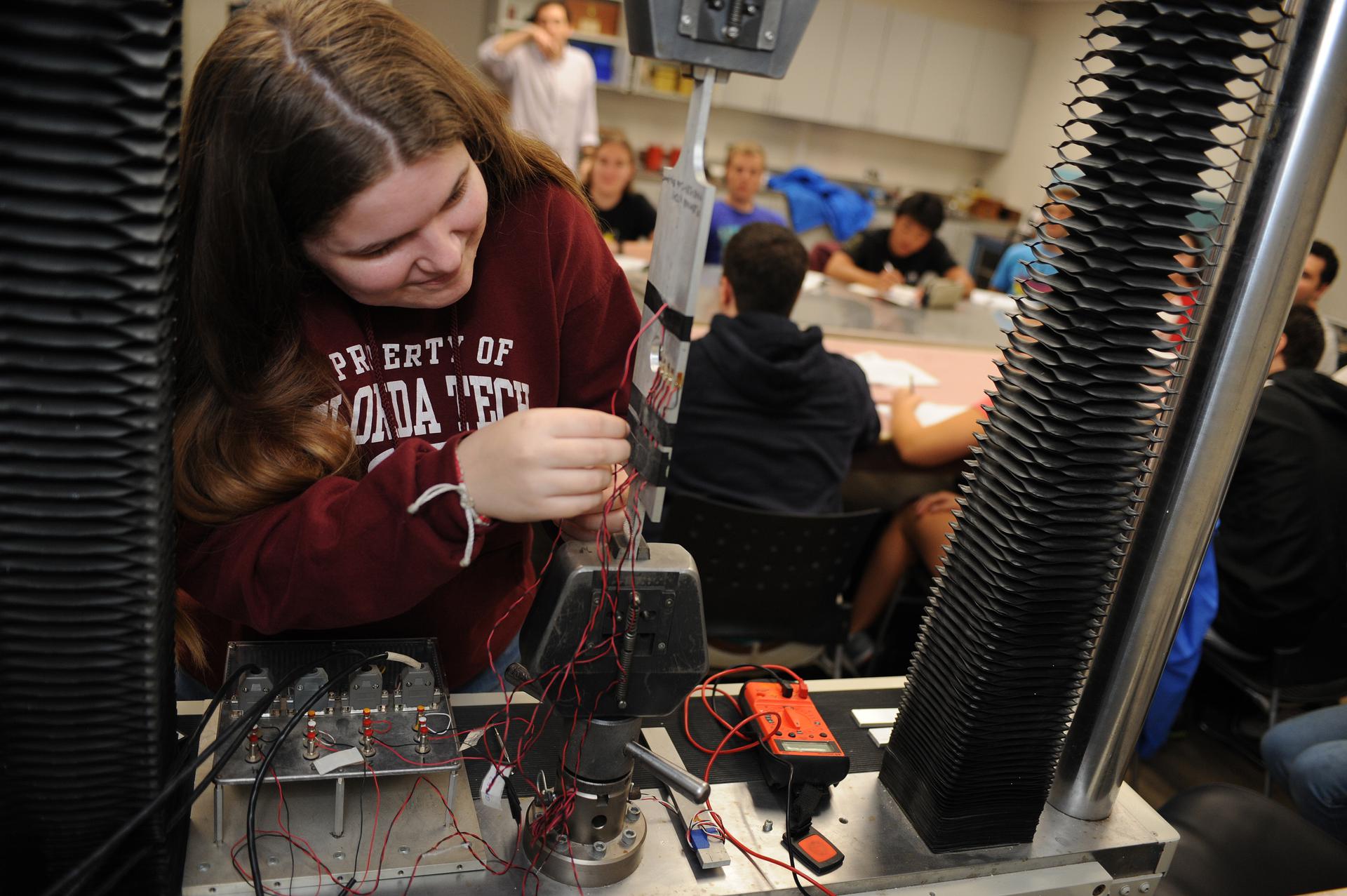Document Type
Article
Publication Title
Journal of Materials Science
Abstract
The Leibniz–Reynolds transport theorem yields an omnimetric interface energy balance, i.e., one valid over all continuum length scales. The transport theorem, moreover, indicates that solid–liquid interfaces support capillary-mediated redistributions of energy capable of modulating an interface’s motion—a thermodynamic phenomenon not captured by Stefan balances that exclude capillarity. Capillary energy fields affect interfacial dynamics on scales from about 10 nm to several mm. These mesoscopic fields were studied using entropy density multiphase-field simulations. Energy rate distributions were exposed and measured by simulating equilibrated solid–liquid interfaces configured as stationary grain boundary grooves (GBGs). Negative rates of energy distributed over GBGs were measured as residuals, by subtracting the linear potential distribution contributed by applied thermal gradients constraining the GBGs from the nonlinear distributions actually developed along their solid–liquid interface. Rates of interfacial cooling revealed numerically confirm independent predictions based on sharp-interface thermodynamics, variational calculus, and field theory. This study helps answer a long-standing question: What creates patterns for diffusion-limited transformations in nature and in material microstructures?
First Page
10955
Last Page
10978
DOI
10.1007/s10853-018-2356-7
Publication Date
8-1-2018
Recommended Citation
Glicksman, M. E., & Ankit, K. (2018). Measuring solid–liquid interfacial energy fields: Diffusion-limited patterns. Journal of Materials Science, 53(15), 10955-10978. doi:10.1007/s10853-018-2356-7


